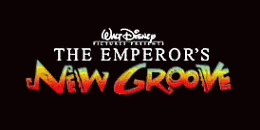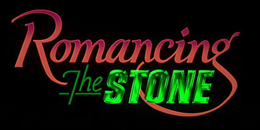Previously ranked and blogged at #7















































2 comments:
This film could NOT have been done in our times. It's just so freaking magical that CGI and some random starlet as Scarlett would've never been able to capture what Fleming's version did.
I've often thought who could play Scarlett O'Hara other than Vivien and I always come up empty.
I feel as though if it were to made in this day and age, it would be loaded with "message moments" instead of the often-times upsetting realism. They wouldn't have been able to get away with making Scarlett so unlikable. They probably would've made her some sort of underdog action heroine. Ugh.
Post a Comment